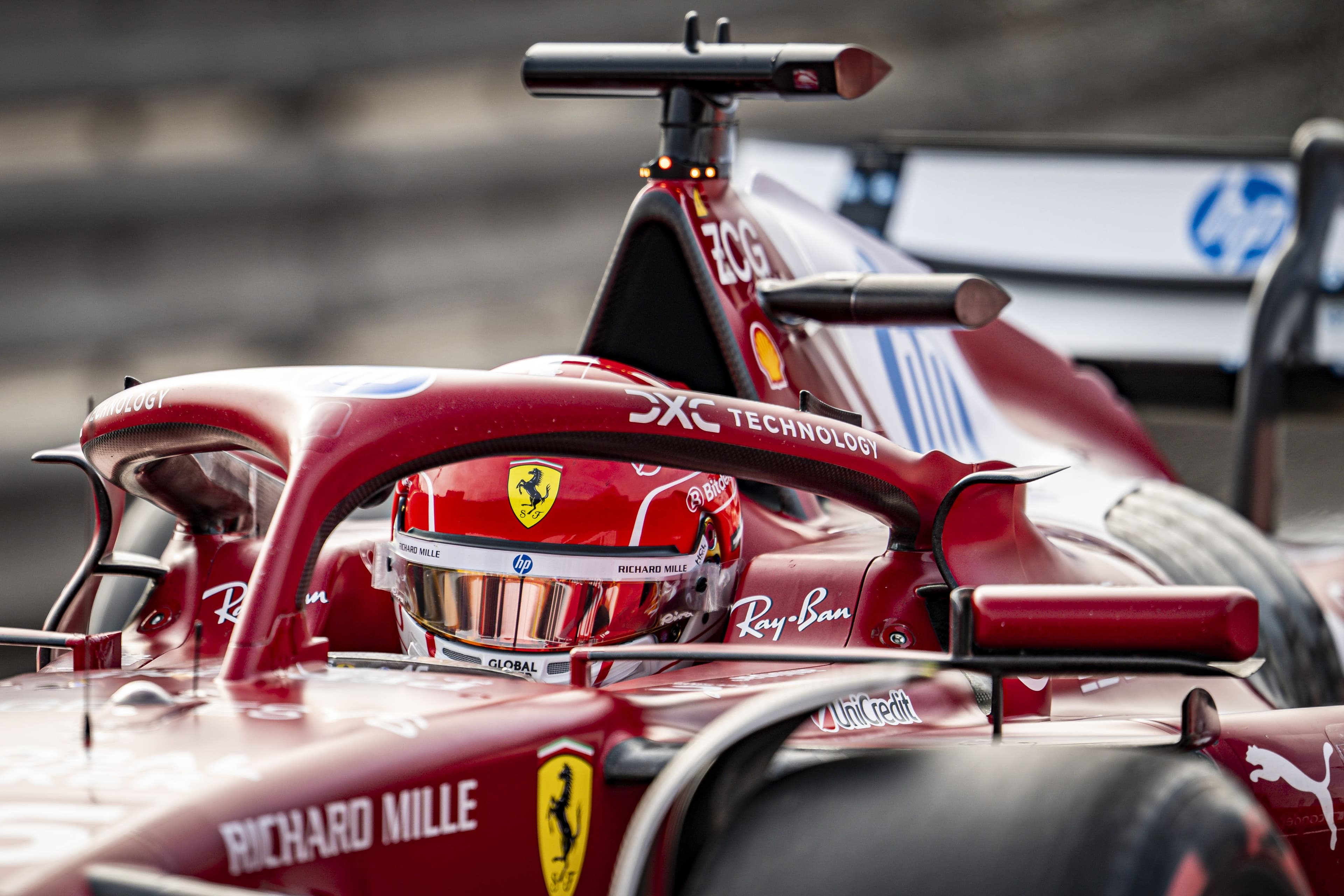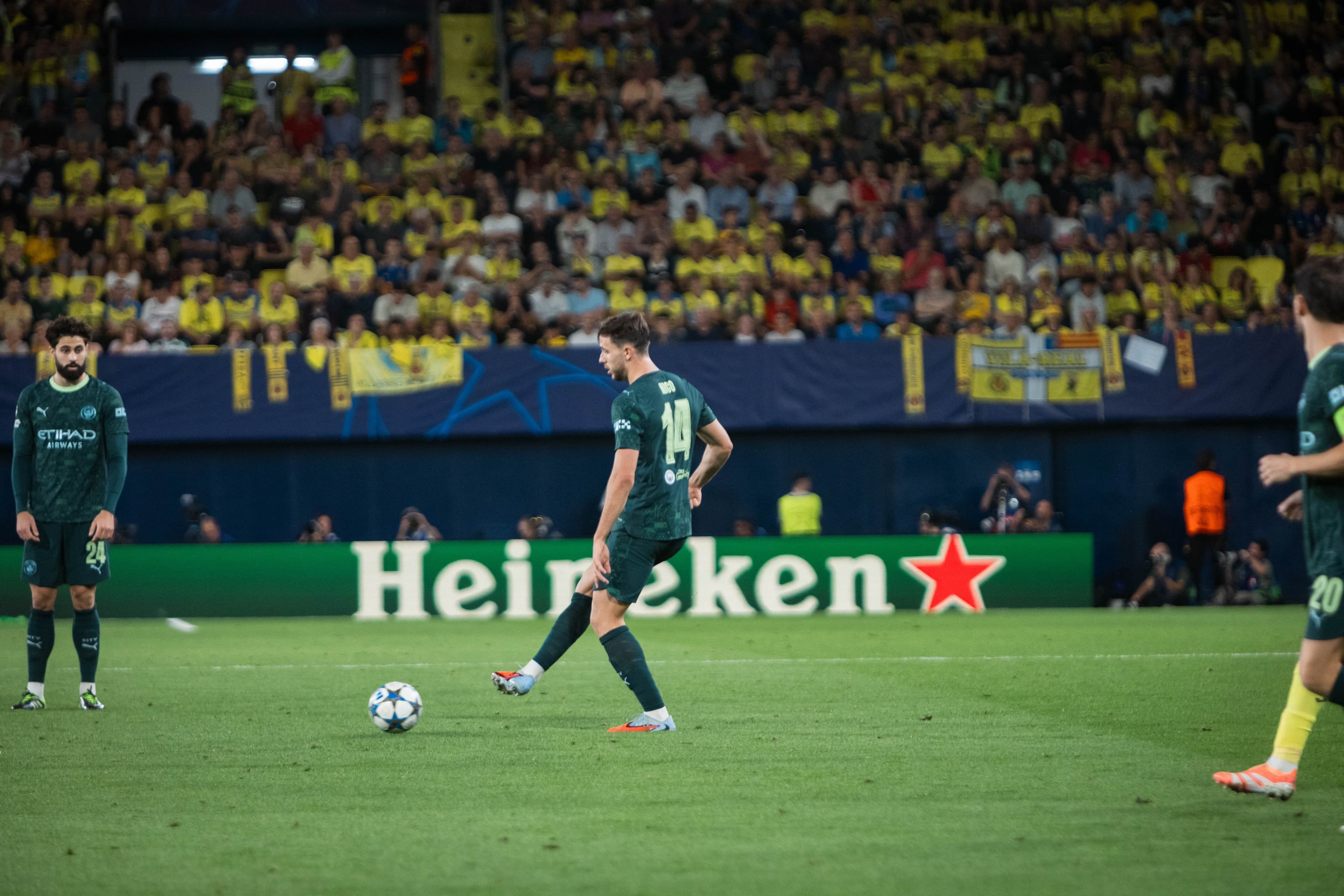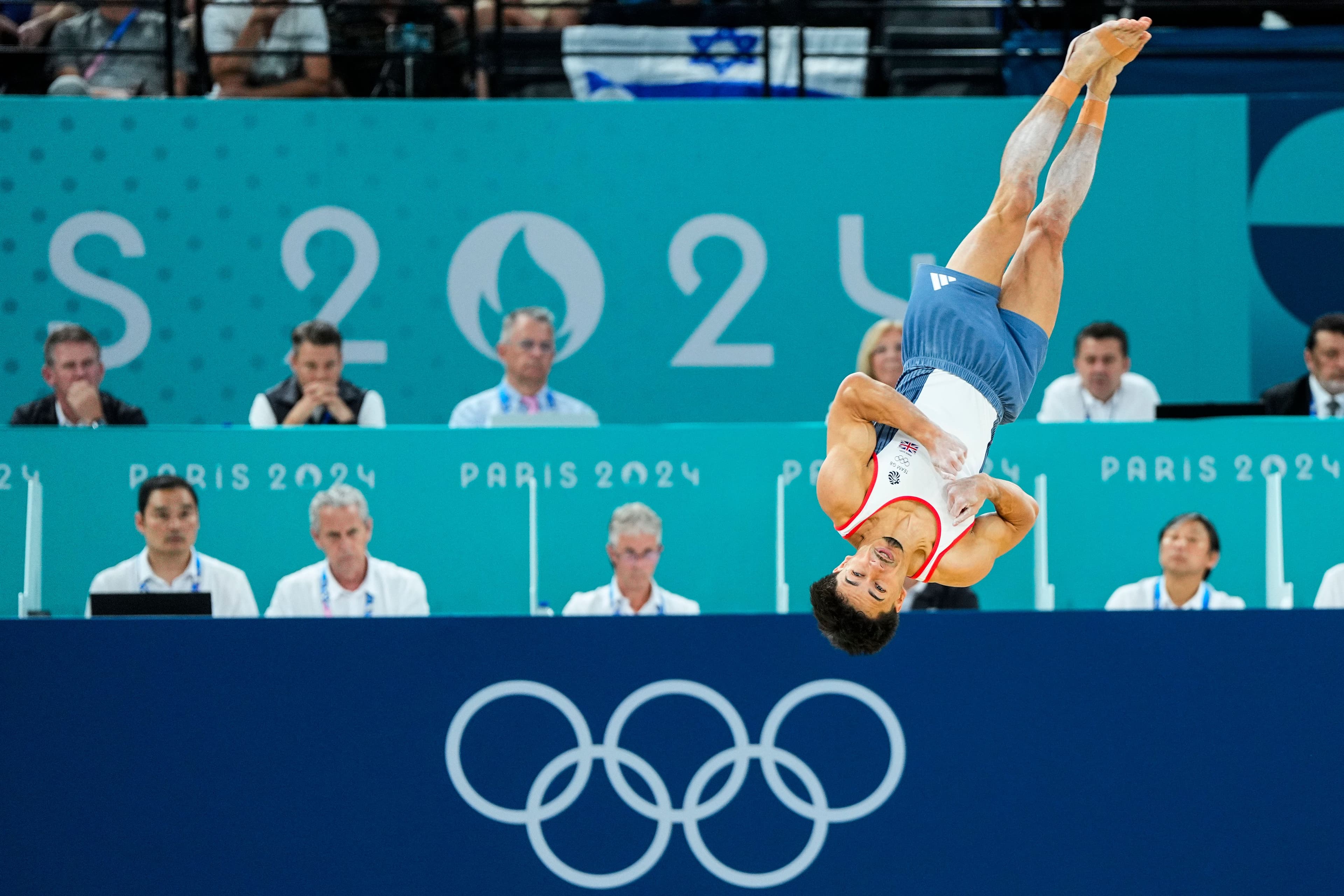On July 1, 2022, the global football governing body FIFA announced a groundbreaking development for the upcoming 2022 FIFA World Cup in Qatar, scheduled from November 21 to December 18, 2022. The new semi-automatic offside technology will make its debut on the football pitch. The offside rule and disallowed goals have consistently been among the most debated topics among analysts and fans. Will this technology put an end to offside discussions? How does this system work?
How does semi-automatic offside technology work?
During matches, there are instances where offside situations are difficult to judge with the naked eye or on TV footage, which provides 50 frames per second. In such cases, the system can provide more precise information.
A sensor inside the ball, capable of transmitting data 500 times per second, determines the moment when the ball leaves the player's foot. Furthermore, 12 cameras positioned beneath the stadium's roof will record the ball's position and the positions of 29 points on each player's body 50 times per second. When the system detects a potential offside, it alerts the video assistant referees (VARs). According to FIFA, this process should take only a few seconds.
How will the offside technology be used at the 2022 FIFA World Cup in Qatar in collaboration with the referees and VAR?
The system has already been tested and approved during a few FIFA tournaments, such as the Arab Cup and the Club World Cup. It is slated to be effectively used at the World Cup in Qatar. However, do the results of the system automatically determine the outcome? How should we interpret the term 'semi-automatic'?
Once an offside signal is relayed to the VAR, video assistant referees review the footage with the offside line marked. The VAR communicates, as is currently done, with the on-field head referee. The final decision still rests with the head referee. After the decision is made, the footage is shown to the fans on stadium screens and on television.
Watch it here:
Source: Youtube - The Telegraph
Why does FIFA, the global football governing body, want to integrate this system?
During matches, referees face immense pressure and must analyze and make judgments on incidents in a fraction of a second. For this reason, FIFA has increasingly sought technological aids in recent decades.
The goal-line technology was first used at the 2014 World Cup, but the most innovative evolution is undoubtedly the VAR, the Video Assistant Referee. Since its introduction in 2017, VAR has become a fixture on football fields worldwide.
Although VAR has significantly reduced errors, it is not flawless. This has led to criticism of the system, often due to long waiting times for decisions. Some incidents can be subject to different interpretations, such as penalty situations where a defender fouls an attacker (or is it the other way around?). Occasionally, digital functions are also used incorrectly. In offside situations, the line can sometimes be skewed, placed at the wrong moment, or in the wrong position. Semi-automatic offside technology aims to address these issues.
Sources: Sporza, The Sporting News






